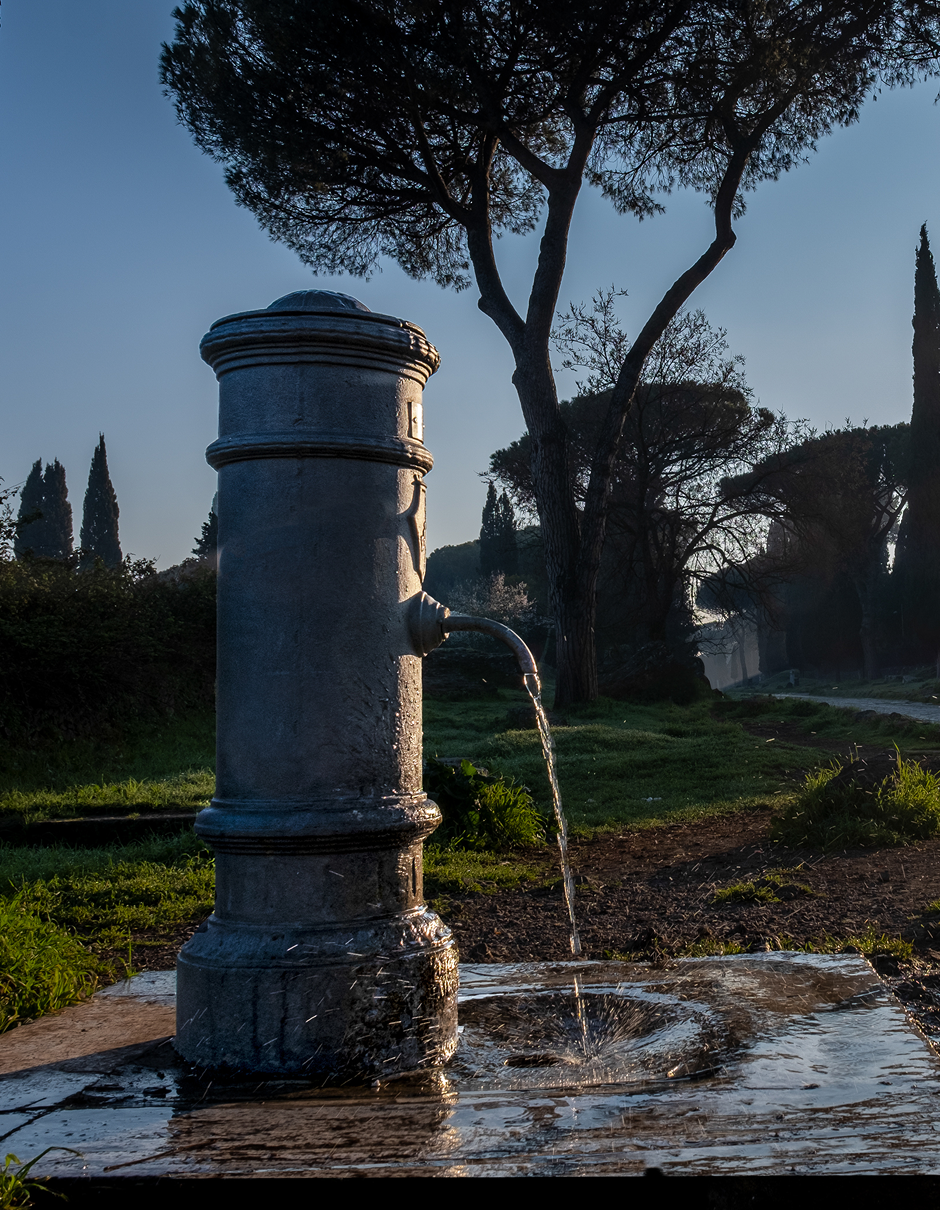
All ([result_num])

New website: how navigation changes
A guide to our new digital ecosystem to help you discover our companies, services and contacts.
Trending topics
Also known as nasoni due to the distinctive shape of their spouts, these typical Roman drinking fountains, and their more recent and technological evolutions, now spread across other cities as well, are both iconic symbols and vital sources of drinking water.
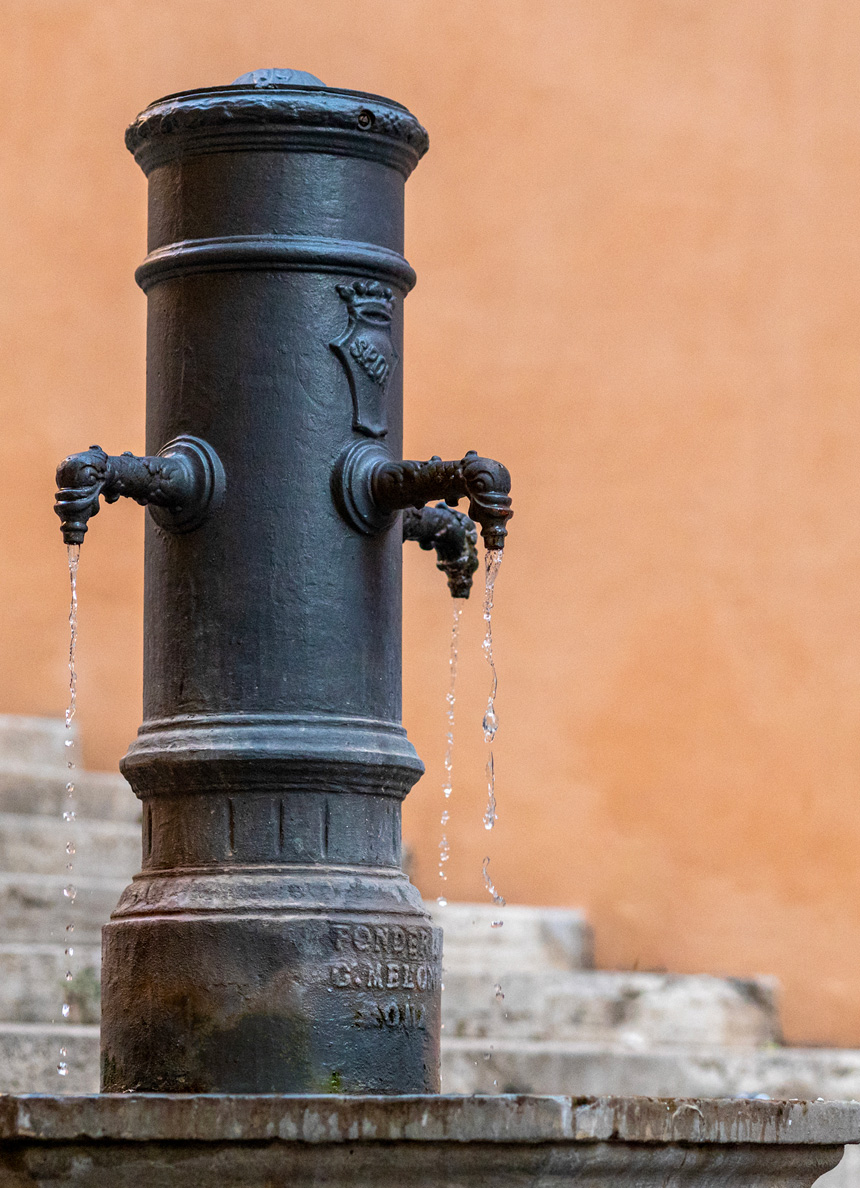

Rome's earliest drinking fountains featured three dragon-shaped spouts, an elegant detail that was later semplified into a single, more practical, smooth spout.
Some rare original examples can still be found on Via della Cordonata, near the Quirinale, and in the picturesque Piazza della Rotonda, next to the Pantheon.
A traditional nasone has a continuously flowing spout, ensuring a constant supply of fresh water. The spout features a small hole at its top: by covering this hole with a finger, water gushes upwards.
Although they were designed to reduce pressure on the distribution network, in recent years some nasoni have been fitted with timed taps to limit water waste.
The nasoni are much more than simple drinking fountains: they are undisputed symbols of the Eternal City. Their history dates back to the 19th century, when Rome’s mayor, Luigi Pianciani, established a public water distribution system to improve citizens’ hygiene and health.
As part of this initiative, fountains were installed along the streets and squares of Rome. In 1874, the first cast-iron nasoni were introduced. Over time, brass replaced cast iron, modernizing the nasone while preserving the iconic structure of Rome's drinking fountains.

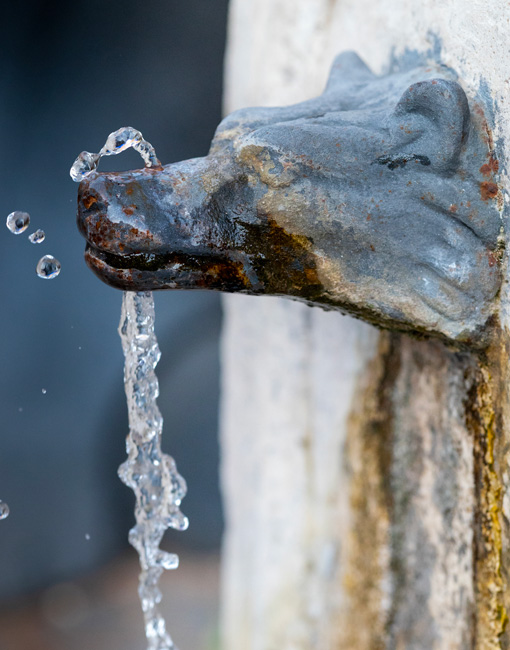
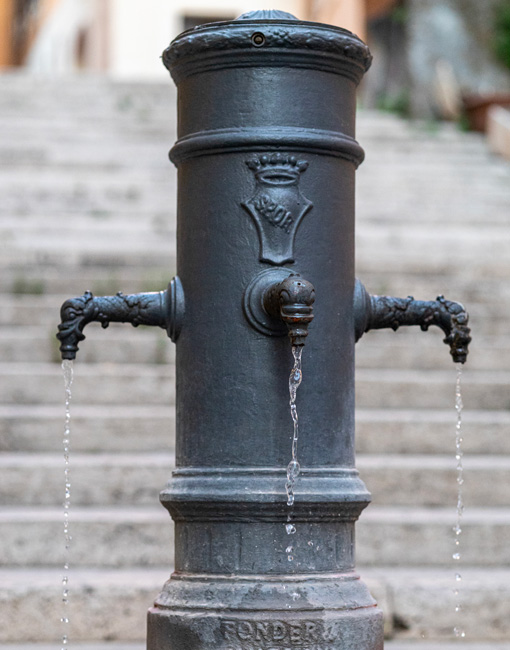
There are over 3,000 drinking fountains throughout Rome. In the historic centre alone, there are more than 200 nasoni which, together with 90 fountains and artistic drinking fountains, provide drinking water to the city 24 hours a day.
In 2024, we celebrated the 150th anniversary of the nasoni. To preserve and enhance this unique heritage, we installed three new nasoni near the Colosseum, highlighting our commitment to keeping this tradition alive and ensuring that these fountains continue to be a precious resource to future generations.
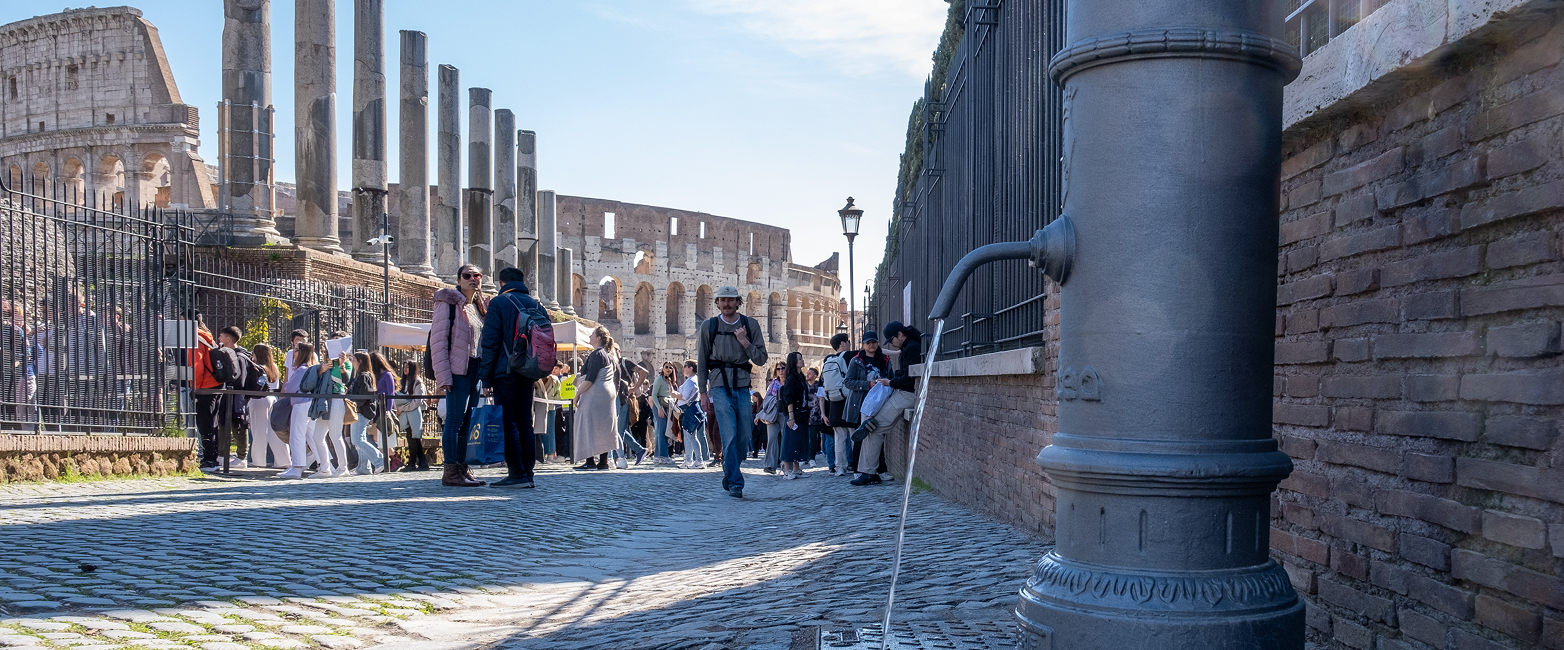
Fountains of Rome
The Nasone 4.0 project was conceived during the Innovation Garage initiative, which showcases our employees’ innovative ideas. As part of the broader Waidy ecosystem, this project reinterprets the nasone through a technological lens, transforming it into an advanced hub for sustainability and water resource enhancement.
Thanks to cutting-edge technology, the Nasone 4.0 monitors water daily, collecting and transmitting valuable data to optimize the network and improve service. The project may also evolve into an environmental monitoring system, contributing to the development of a smart water grid - an intelligent network designed to prevent breakdowns and improve the efficiency and sustainability of the service.
The drinking water that flows from Rome’s iconic fountains is the same water that flows from the taps of Roman households. We oversee the entire water resource management process - from supply to rigorous annual quality control - ensuring the health and well-being of both citizens and tourists.